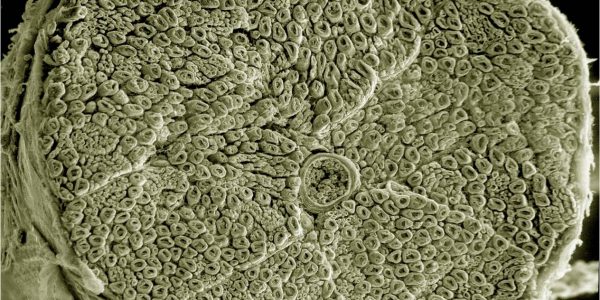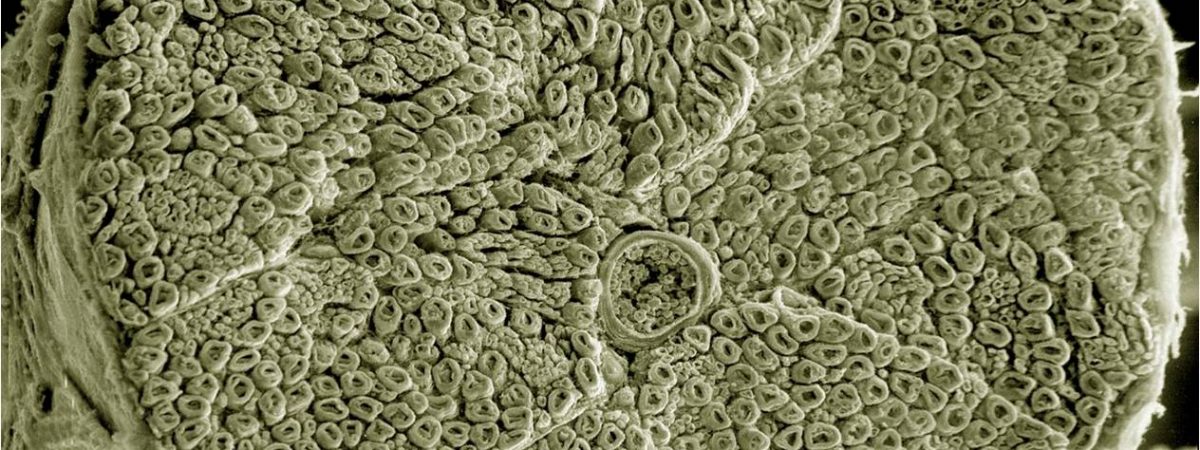In 2020, according to the CDC, “an estimated 12.2 million American adults seriously thought about suicide, 3.2 million planned a suicide attempt, and 1.2 million attempted suicide.”
In 2021, according to the CDC Vital Statistics Rapid Release, there was a 4% increase in suicide from 2020, including among males of most age groups, and “2% increase in the age-adjusted suicide rate for females (5.6 in 2021 compared with 5.5 in 2020).”
There are several channels for access to some form of help across states, but something just doesn’t feel right in the complex battle society faces with suicide.
Why would death, a fearful and undesired end, become an option in a situation, condition or experience? What breaks in the brain, to bridge that nature?
The brain and its constants are the factor in all suicide. Suicide is never completely situational or conditional, because those are subjective. It is similar to mental health, never situational or conditional, but subject to constants of the brain for determinations.
What should cause fear does not cause fear for everyone all the time, no matter how dangerous. This is similar to anger, hate, love, interest, understanding, sleep, empathy, wakefulness and so on.
Things in the external world get into the brain to meet with constants that decide what directions the experience would go in that moment.
This is the missing piece in the confounding, complicated and mysterious problem of suicide. There are some people who it seems should have no business with suicide that end up there. A psychiatrist who should know about the mind, under investigation, committing suicide, is not just a case of shame, but what is missing in the field that the professional does not know, to bring that to bear. A neurologist awaiting trial, who should know more about the brain to have the knowledge to hold back, did not.
A CFO of Bed Bath & Beyond, a teenage son of a football coach—who didn’t show signs, a mother who had bipolar, whose medication had side effects for suicide, some with addictions, murder-suicide cases and several others.
Cells, tissues, molecules, impulses, hemispheres, lobes, blood and so on are constants of the brain, but of these constants, the brain can closely be described as an organ of impulses, not an organ of cells, tissues, molecules, hemispheres, lobes, or blood. Those can be found or described in some ways for other organs in the body.
So if impulses [chemical or electrical messages] stand out about the brain, what are the specificity or generality of impulses? Chemical impulses, at synapses, for example can be psychopharmacological drug targets, to induce or inhibit a molecule responsible for the symptom of a mental illness. This can be described as what resulted in the care for the mother with bipolar, but the effect was suicidal ideation—which probably contributed to it.
This means that as precise as the specificity might sometimes be, impulses don’t stand alone. They are multidimensional or involved with other build or construct, so blocking or aiding one stops something but affects others.
This is remotely similar to a recent study in Nature, Structural brain alterations associated with suicidal thoughts and behaviors in young people: results from 21 international studies from the ENIGMA Suicidal Thoughts and Behaviours consortium, that says “young people with mood disorders and suicidal thoughts and behaviors have subtle alterations in the size of the prefrontal region of the brain.”
The same region is responsible for other functions and the degree of how it can be tweaked in experiences against suicide limits its broad applicability.
This leads to generality, what do impulses build, construct, or structure in general, to determine what becomes of experiences, good or otherwise? Impulses, known as messages, are also called information.
Information, for example, is the ability to see and know, hear and know, smell and know, taste and know, then touch and know. But sense and knowing are not a direct route, something comes in between. Senses are differentiated in forms that if to be processed differentially would taper the efficiency of the brain. This says there is integration of senses, or processing of senses for integration, before knowing or memory.
Brain Science
All senses arrive at two principal hubs in the brain, the olfactory bulb for smell and the thalamus for others. It is where they are processed or integrated before relay for interpretation in the cerebral cortex.
Theoretical Brain Science
It is theorized that integration of senses is into a uniform unit or identity which is thought or a form of thought. It is the thought version of senses that gets relayed to the cerebral cortex. The smell becomes thought or its form, just like touch, sight, hearing and so on. It is more of see [thought] and know, than see and know, and so on.
Interpretation in the cerebral cortex is knowing, feeling and reaction. Knowing is memory, locations where thought versions of senses [internal/external] are stored in small and large packages.
Some small stores have unique information on senses, while others just transport incoming thought versions directly. Small stores can be prioritized or pre-prioritized.
Large stores contain similarities between small stores. Large stores have a principal spot where just one goes to dominate.
Since common experiences like sadness, delight, hate, love, anger, heat, cold, thirst, cravings, hunger, sleep and so on are regular, they can be said to be large stores. The large stores have parts, with information type or degree, or bounce points to other large stores.
Small stores are constantly relaying to large stores in sequences across memory locations. Small stores also have split or go-before for anticipation or expectation in experiences, exceeding predictive coding or processing.
As senses come in and get converted to thought, it goes into a transient small store in memory, before relay to corresponding large stores, for what to experience in that moment, with or without involving the resident small store, at the time or later. There is a steady relay of all small stores to large stores all the time, though just one is prioritized at each moment and there are fast and many interchanges.
Suicide
There is a store to know what death is in memory. It is also hypothesized that the reason there is a heightened fear of danger is because there is a large store for death in memory, where if a small store gets there, it concludes death, which is why the roughness in the sequence to parts of the fear large store is to avoid a bounce to the store for death.
This for example, is a reason some die in some cases just like that, or some unexpectedly survive, because it got there or didn’t, respectively.
It is also a reason resuscitation and defibrillation sometimes work, such that the incoming [activity] as a transient small store takes away from the death large store, against permanence at sides of it.
The large store for death, theoretically, also can get visits from large stores of sleep, coma, general anesthesia, or too much rest or weakness like in old age, since small stores relaying go to regular areas, but without incoming senses and activities, they are in the stores of those states lingering, and may bounce off to that of death.
Suicide is the thought, the prompting, the act and the death large store. This is what should be displayed, in general knowledge, for how constants in the brain make that determination.
Usually, there are situations where thoughts are present but the property that makes them traumatic, hurtful, saddening, delighting and so on, are not there, so they aren’t. Properties are acquired in large stores, as conceptually described.
It is the thought to want to die, then bouncing to a particular part of promptings that allows for the fear of death [a property not fully acquired] to be ignored, so the thing is carried out, which may or may not complete.
Life is also unbearable in parallel to the property of thought. Displaying this, with video games or esports, as a general rule of conscious experience would usher in a new direction for progress, in mental health, suicide prevention, mental illnesses and so on.




